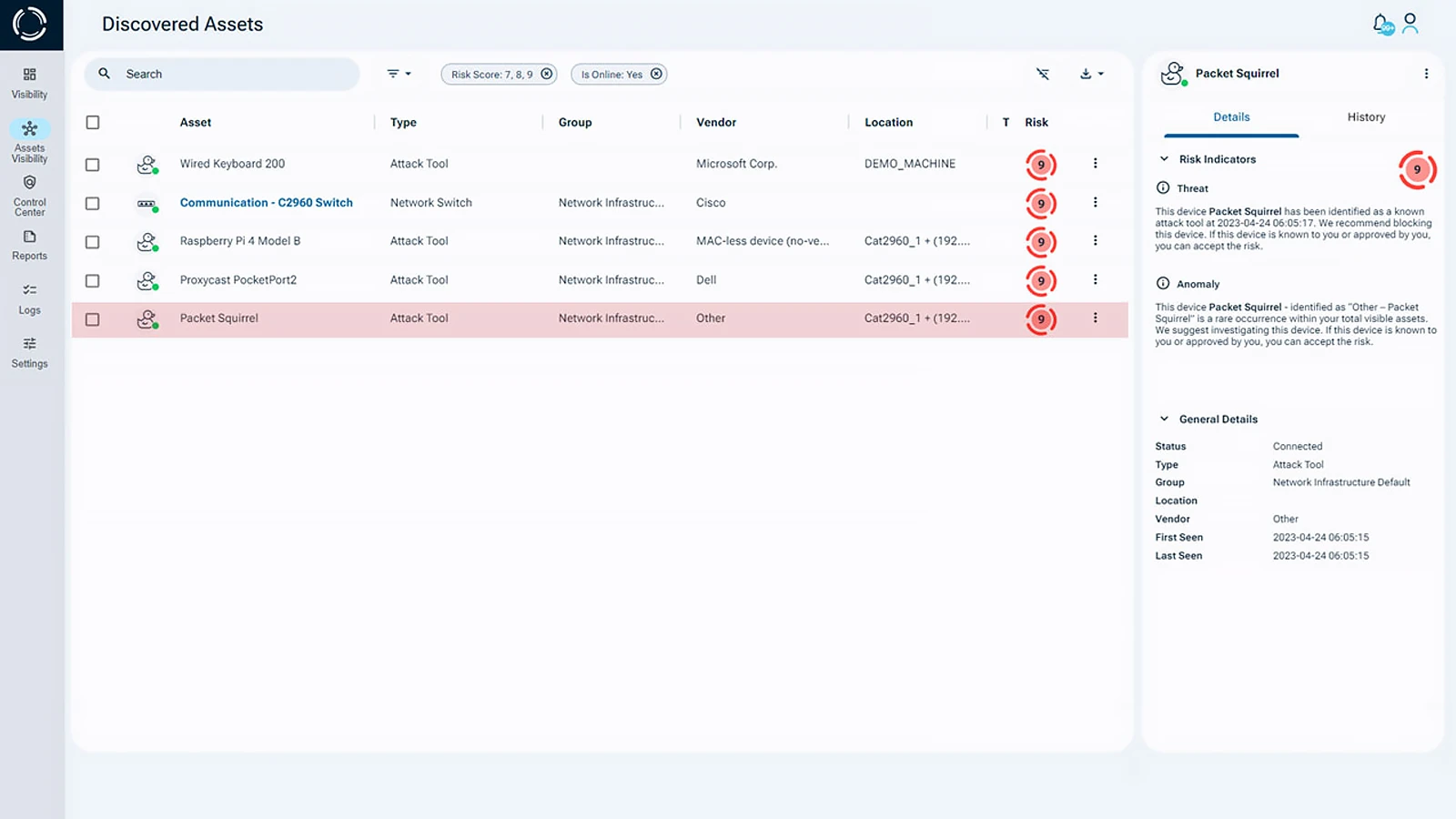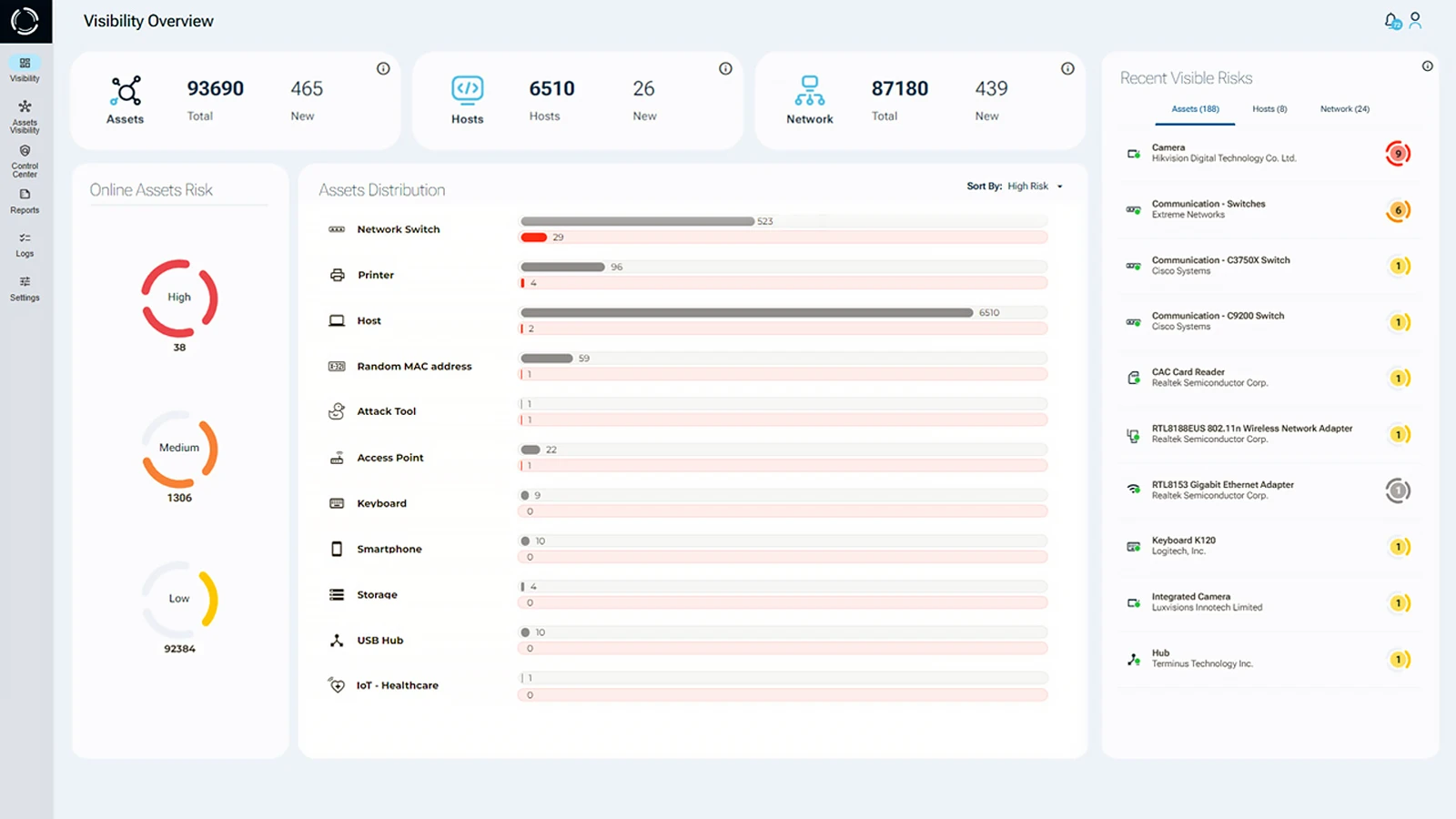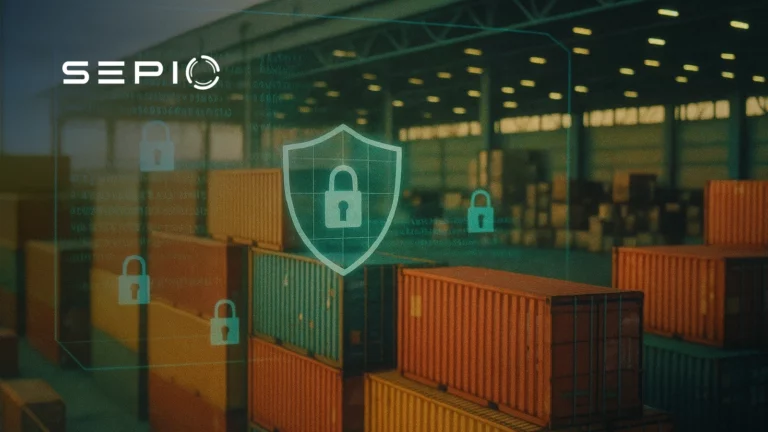Secure Supply Chain
A secure supply chain is vital for ensuring the integrity, reliability, and resilience of products from their origin to the final consumer. It involves strategic measures to mitigate risks such as theft, fraud, natural disasters, and cyberattacks. In today’s globalized economy, the importance of supply chain security has never been greater. The rapid growth of international trade has created significant dependencies on foreign supply chains, making effective management essential for safeguarding operations and maintaining consumer trust.
Additionally, a secure supply chain enables companies to stay compliant with international regulations, reducing the risk of legal complications or penalties due to inadequate security practices.
Cyber Attacks Targeting the Supply Chain
In the past, companies often produced and sourced materials locally. Today, however, global sourcing has introduced new vulnerabilities and complexities that organizations must address. This shift has made cyber attacks targeting the supply chain an increasingly pressing concern.
A well-managed, secure supply chain is essential not just for operational efficiency but also for mitigating exposure to cyber threats. Modern supply chain attacks, especially cyber-based intrusions, have become common tactics used to disrupt operations, steal sensitive data, or create strategic leverage for financial or political gain.
While supply chain attacks are often “spray and pray” tactics, they can also target specific organizations. Global cybercrimes on supply chains are estimated to grow by 15% each year. As these attacks evolve, it becomes clear that organizations lacking a comprehensive secure supply chain management strategy are at a higher risk of disruption, financial loss, and reputational damage.
Attackers are increasingly using emerging technologies to enhance their methods. There are multiple types of supply chain attacks, including upstream/downstream attacks, midstream attacks, CI/CD infrastructure attacks, and open-source attacks. One common yet overlooked method involves using hardware attack tools, which may come pre-installed on devices or be implanted at any point along the supply chain.
What is a Hardware Supply Chain Attack?
A hardware-based supply chain attack involves tampering with physical components during manufacturing or distribution. These threats are difficult to detect, as traditional cybersecurity tools lack visibility at the physical layer. This blind spot allows malicious implants to go unnoticed, potentially leading to data breaches, ransomware, or network compromise.
A strong secure supply chain strategy, one that includes rigorous supplier vetting and hardware validation, helps reduce these risks. Yet many organizations still lack standardized vendor security protocols, and nearly one-third don’t regularly assess supplier risk. This leaves them exposed, where a single rogue device can compromise the entire supply chain.
Mitigating Hardware-Based Supply Chain Threats
Hardware-based supply chain threats typically fall into two categories. First, a supplier may be compromised by a hardware attack, creating downstream risks for your organization. Second, a device can be tampered with during transit, before it even arrives at your company.
These threats often go undetected due to a lack of Layer 1 visibility, which limits an organization’s ability to fully understand its threat landscape. While all suppliers carry some level of cybersecurity risk, companies can significantly reduce exposure by leveraging Sepio’s unique platform, the only solution in the world that provides true physical layer visibility. Sepio verifies the integrity of every device received, ensuring hardware remains uncompromised before deployment.

Ensuring a Secure Supply Chain
Addressing hardware compromises along the supply chain is critical for protecting your organization. Sepio’s platform fills the visibility gap by providing unique physical layer (Layer 1) asset visibility, ensuring only legitimate devices operate within your environment.
With Sepio’s comprehensive coverage of IT, OT, and IoT devices, no hardware goes unmanaged. Its Layer 1 visibility enables identification, detection, and control of all devices, powering policy enforcement and Rogue Device Mitigation. Unauthorized or rogue hardware is instantly detected and blocked through automated actions integrated with third-party security tools.

Zero Trust Hardware Access, powered by Sepio’s solution, provides frontline protection. This ensures that compromised devices cannot bypass Zero Trust security protocols, regardless of how many suppliers they pass through before reaching your organization.
Sepio’s platform uses resources wisely, needing no hardware resources and without monitoring traffic. It delivers complete asset visibility and detects rogue or vulnerable devices within 24 hours. Given the critical role of supply chain security in national security, especially for infrastructure providers, robust secure supply chain management is essential to prevent harmful attacks.
Secure Your Supply Chain Against Cyber Threats
Protect your supply chain from cyber threats with Sepio’s Layer 1 visibility and Rogue Device Mitigation solution. Effective secure supply chain management protects organizations against physical and digital threats, ensuring resilient operations.
Schedule a demo to discover how Sepio can protect your organization from hardware-based attacks before they infiltrate your environment. Don’t wait for a breach—secure your supply chain now!






